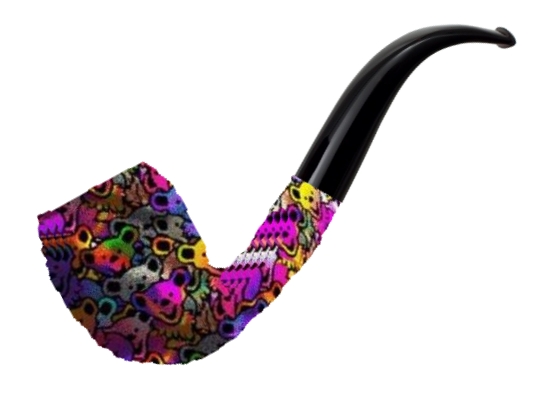Greetings, All.
I have owned several Dunhill pipes of various years, ranging from 1940 all the way now to 1991. I've always liked how light they were, but I've noticed that two out of the three youngest ones I have, a Chestnut from 1981, and the famous eBay Russet from 1991, are significantly heavier than my other ones. I do realize that sandblasted pipes will generally be lighter, but I've had several Bruyeres from the 40s, 50s, and 60s that have been much lighter than the Chestnut and Russet I own.
Is this something to do with a change in curing, or a change in briar, both of those things, or something different altogether? I'd be interested to hear if any of you all have noticed this, or does it just happen to be that I coincidentally have owned two unusually heavy Dunhill pipes? I do think I read that Dunhill stopped oil curing around 1968, but I have had a few 70s Shells and a 1985 Cumberland that are still pleasantly lightweight, so I wouldn't think that would be the issue?
What do you guys know or think?
I have owned several Dunhill pipes of various years, ranging from 1940 all the way now to 1991. I've always liked how light they were, but I've noticed that two out of the three youngest ones I have, a Chestnut from 1981, and the famous eBay Russet from 1991, are significantly heavier than my other ones. I do realize that sandblasted pipes will generally be lighter, but I've had several Bruyeres from the 40s, 50s, and 60s that have been much lighter than the Chestnut and Russet I own.
Is this something to do with a change in curing, or a change in briar, both of those things, or something different altogether? I'd be interested to hear if any of you all have noticed this, or does it just happen to be that I coincidentally have owned two unusually heavy Dunhill pipes? I do think I read that Dunhill stopped oil curing around 1968, but I have had a few 70s Shells and a 1985 Cumberland that are still pleasantly lightweight, so I wouldn't think that would be the issue?
What do you guys know or think?









